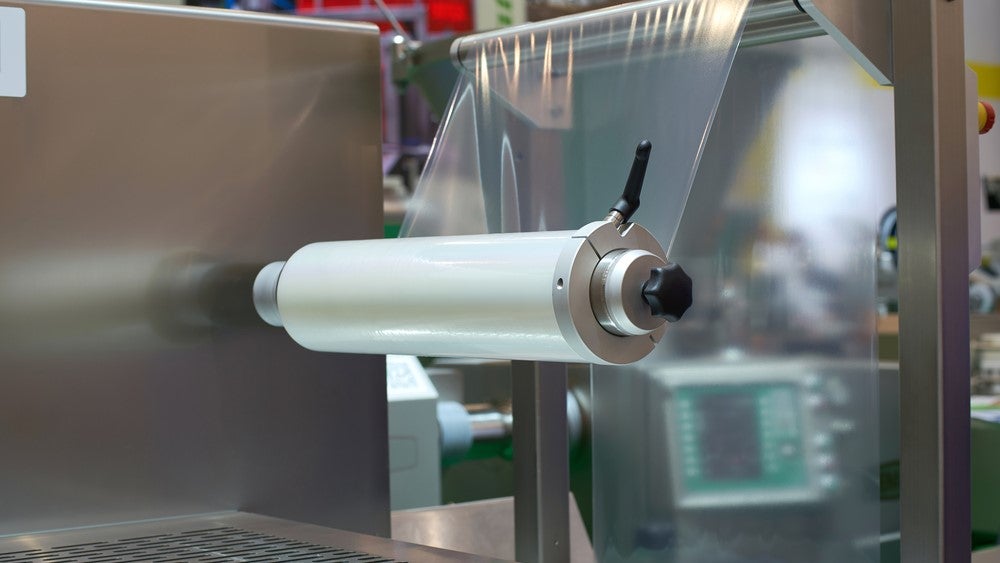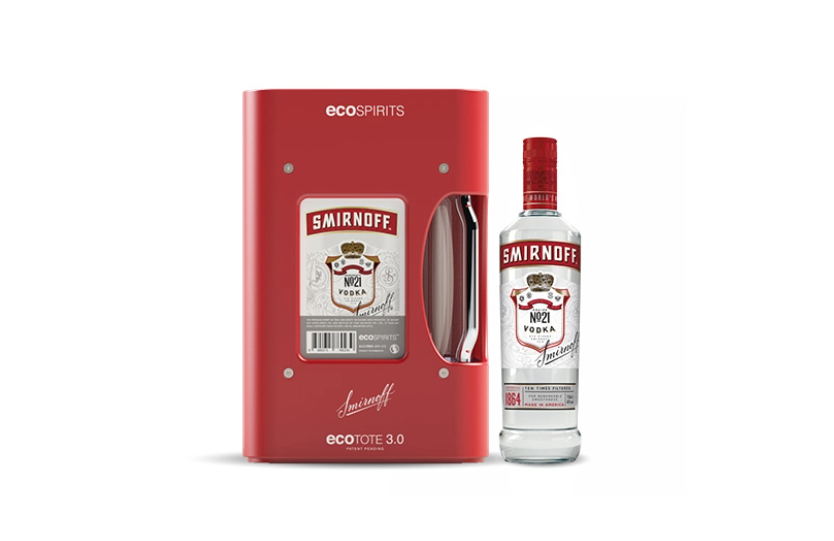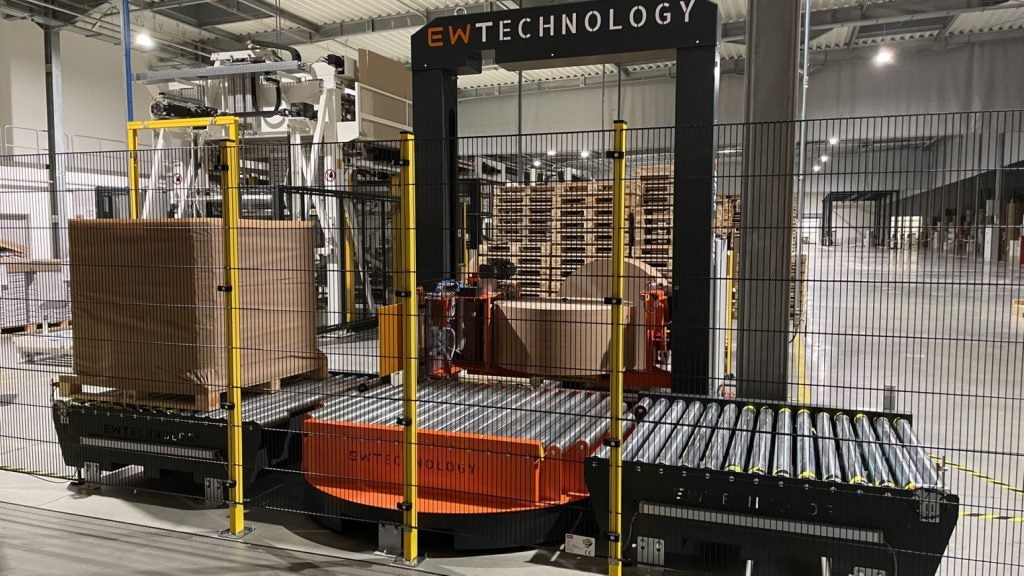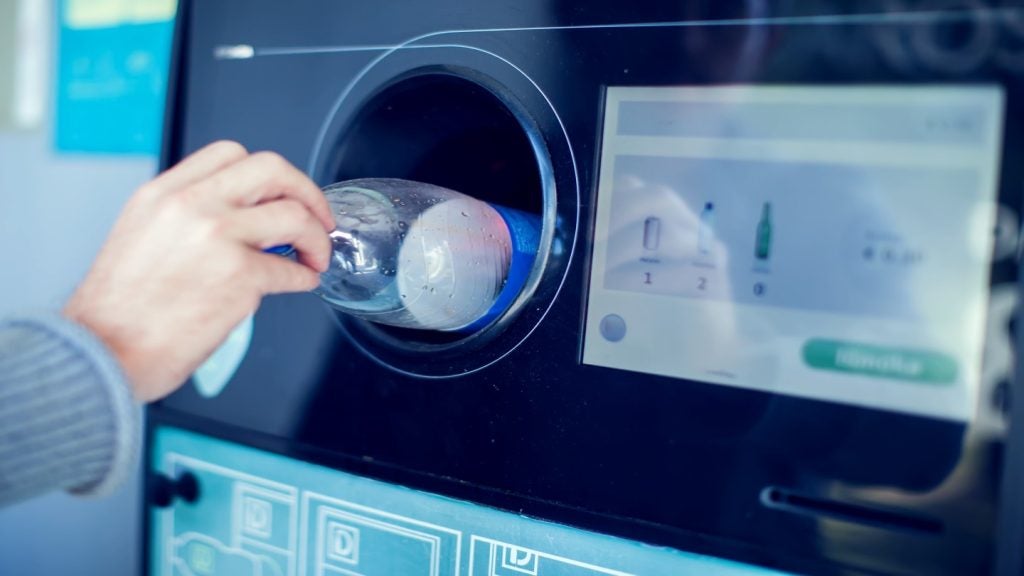Myplas USA, the regional arm of the South Africa-based plastics recycler, has opened a new mechanical recycling and pelletizing facility to recycle flexible plastic film in Rogers, Minnesota.
At full capacity, Myplas has said the facility will be able to recycle almost 90 million pounds (40 million kilograms) of plastic waste annually, enough to encircle the globe in pallet wrap over 135 times. Products able to be recycled there will include pallet wrap, shrink wrap, single-use shopping bags and certain types of food packaging.
The flexible plastic recycling facility is expected to employ nearly 200 people in a move described by Minnesota Governor Tim Walz as: “a testament to our state’s innovation, commitment to sustainable solutions and the strength of our business ecosystem”.
Nicholas Kolesch, Vice President of projects at Alliance to End Plastic Waste, added: “The management of film and flexible plastic waste presents one of the most substantial opportunities for resource and value recovery in the plastic value chain.
“With Myplas at the centre of the MBOLD partnership, we see the demonstration of effective cross-sector collaboration from the collection of commercial and retail film waste, to processing at converters and ultimately a pathway for brands to integrate Myplas recycled plastics in their products.”
The new facility represents a step towards tackling the US’ plastic problem. The country uses 12-15 billion pounds of flexible packaging and film annually, with only around 5% of flexible films being recycled.
Since the beginning of 2020, the US packaging sector has seen a significant increase in environment-related jobs. According to figures collected by GlobalData, Packaging Gateway’s parent company, there was a 452.8% increase in such jobs within the sector from January 2020 to October 2023.
Our signals coverage is powered by GlobalData’s Thematic Engine, which tags millions of data items across six alternative datasets — patents, jobs, deals, company filings, social media mentions and news — to themes, sectors and companies. These signals enhance our predictive capabilities, helping us to identify the most disruptive threats across each of the sectors we cover and the companies best placed to succeed.















